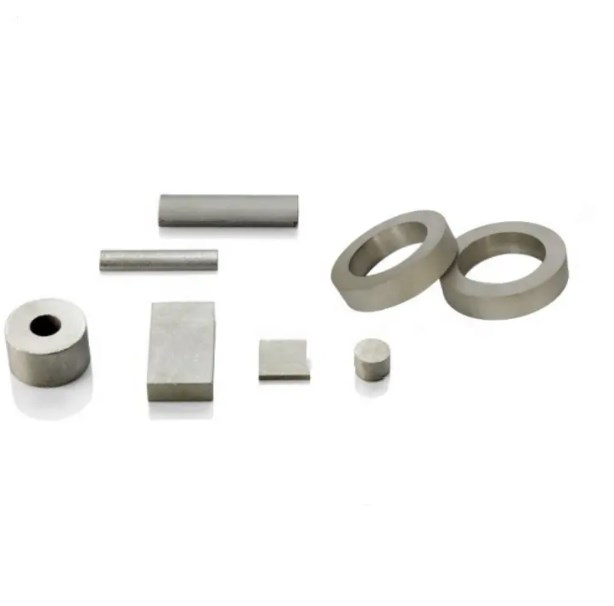Neodymium Magnets vs Samarium Cobalt Magnets: A Detailed Comparison
Stanford Magnets is a supplier known for providing a wide range of magnets, including Neodymium Magnets and Samarium Cobalt Magnets, which are among the most powerful and commonly used types of rare earth magnets. Each type has its own set of unique properties and applications, making them suitable for different uses. Here’s a look at how Stanford Magnets might differentiate and supply these magnets:

Neodymium Magnets (NdFeB)
Properties:
- Magnetic Strength: Neodymium magnets are the strongest permanent magnets available, making them highly effective for their size.
- Temperature Sensitivity: They have a lower temperature tolerance compared to Samarium Cobalt magnets, typically up to 80°C to 200°C, depending on the grade.
- Corrosion Resistance: These magnets are prone to corrosion and often require a protective coating, such as nickel plating.
- Cost: Generally less expensive than Samarium Cobalt magnets due to the relative abundance of neodymium.
Applications: Stanford Magnets might supply Neodymium magnets for various applications including but not limited to hard disk drives, electric motors (especially in cordless tools), magnetic resonance imaging (MRI), magnetic guitar pickups, and loudspeakers.
Samarium Cobalt Magnets (SmCo)
Properties:
- Magnetic Strength: While they are also very strong, Samarium Cobalt magnets are slightly less powerful than Neodymium magnets.
- Temperature Sensitivity: These magnets excel in high-temperature environments, withstanding temperatures up to 350°C.
- Corrosion Resistance: SmCo magnets have superior corrosion resistance and do not typically require a protective coating.
- Cost: They are more expensive than Neodymium magnets, reflecting their more complex production process and the cost of raw materials.
Applications: Samarium Cobalt magnets from Stanford Magnets are often used in applications that require consistent performance in high-temperature conditions, such as in aerospace, military, and industrial sensors, as well as in motors and actuators where temperature stability is critical.
Choosing the Right Magnet
Stanford Magnets likely offers expert guidance to help customers choose the right magnet for their specific needs. The choice between Neodymium and Samarium Cobalt magnets will depend on factors such as the required magnetic strength, operating temperature range, environmental conditions (including exposure to corrosive substances), and budget.
For applications that demand the highest magnetic strength at room temperature and are cost-sensitive, Neodymium magnets may be the preferred choice. Conversely, for applications that operate in high-temperature environments or require excellent thermal stability, Samarium Cobalt magnets could be the better option, despite their higher cost.
In summary, Stanford Magnets supplies both Neodymium and Samarium Cobalt magnets, catering to a wide array of industrial, technological, and commercial applications. Their expertise can assist in selecting the most appropriate magnet type based on performance requirements, environmental conditions, and budget considerations.
